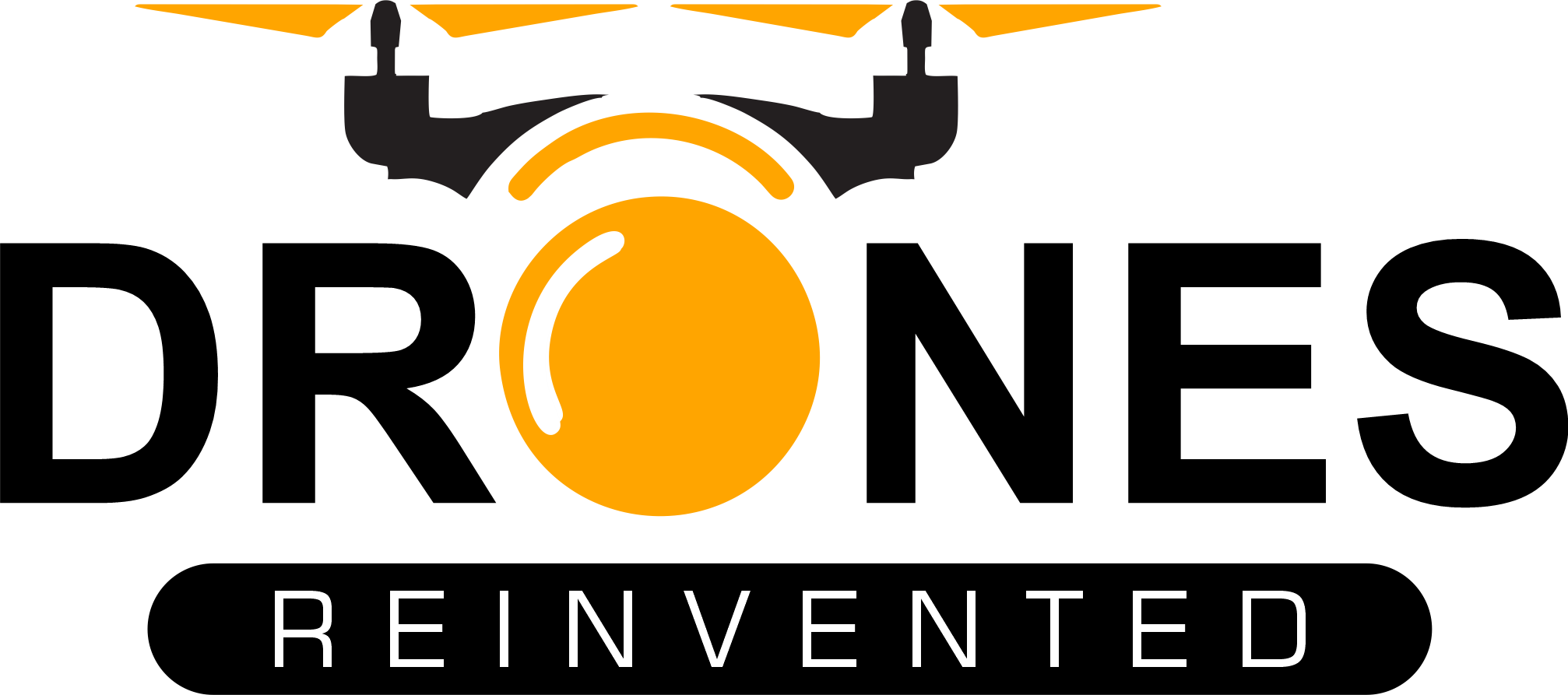New AI-Powered System Uses Drones and Advanced Imaging to Automate Aircraft Damage Detection, Reducing Maintenance Time and Human Error
by DRONELIFE Staff Writer Ian J. McNab
South Korea-based AI-driven inspection system developer Deep Inspection, who use image detection AI systems to try and facilitate the inspection of everything from tunnels to the development of 3D Noise filters, recently received a patent (numbered #WO2023128008) that describes a new aircraft inspection system based on the same kind of image-derived AI inspection technology.
As flight inspection systems have come under new scrutiny following a series of high-profile failures, more providers have attempted to create systems that remove the possibility of human error from the delicate balance between safety and efficiency when it comes to making planes. Deep Inspection wants to use drones to quickly quantify, diagram, and visualize damage to both internal engine systems and the plane’s body, making what was previously a long, labor-intensive process faster and more efficient.
The full abstract, describing the new patent, reads as follows: “The present invention relates to an aircraft inspection automation system based on an image and explainable artificial intelligence, and, more particularly, to an inspection automation system using an inspection automation platform for detection, quantification, and visualization of damage in an aircraft on the basis of an image and explainable artificial intelligence. According to the present invention, when detecting cracks in and damage to an aircraft body using a drone in which an optical and thermal imaging camera is loaded, and to a jet engine using an inspection device in which a camera specialized to low luminance is loaded, an aircraft body is imaged by the drone in which imaging equipment is loaded, cracks and damage are detected on the basis of artificial intelligence from an image acquired from an aircraft jet engine by a special camera specialized for low luminance, and the detected cracks and damage are quantified, diagrammed, and visualized, so as to reduce aircraft maintenance costs and increase aircraft operation efficiency.”
More information on Deep Inspection is available here.
Read more:
Miriam McNabb is the Editor-in-Chief of DRONELIFE and CEO of JobForDrones, a professional drone services marketplace, and a fascinated observer of the emerging drone industry and the regulatory environment for drones. Miriam has penned over 3,000 articles focused on the commercial drone space and is an international speaker and recognized figure in the industry. Miriam has a degree from the University of Chicago and over 20 years of experience in high tech sales and marketing for new technologies.For drone industry consulting or writing, Email Miriam.
TWITTER:@spaldingbarker
Subscribe to DroneLife here.

0 Comments